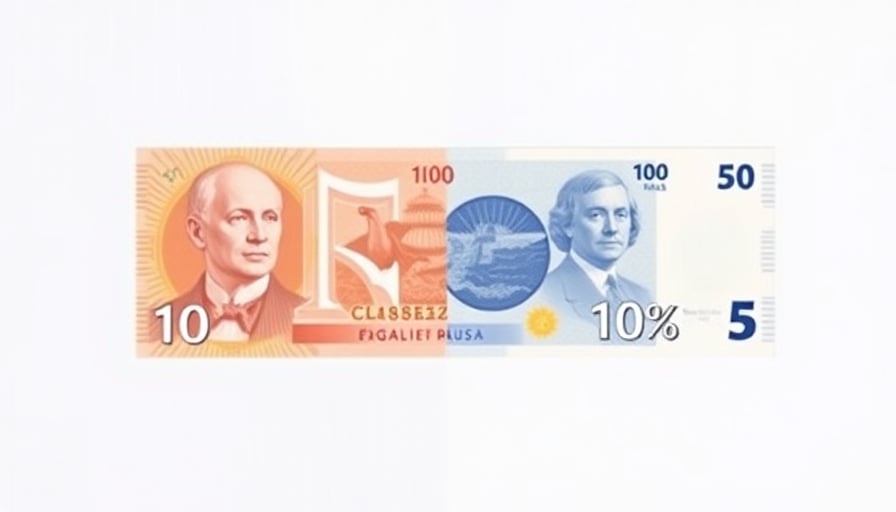USD/INR Dynamics – 17 October 2025
The US dollar continued to exert downward pressure on the Indian rupee throughout the day, with the USD/INR pair sliding close to the 87.80 mark. This move was driven primarily by a confluence of macro‑policy actions and geopolitical tensions that have been shaping currency sentiment over the past week.
Core Drivers
Reserve Bank of India (RBI) Intervention
The RBI’s pre‑market dollar sales on Friday mirrored the aggressive stance taken in mid‑week sessions. State‑run banks sold U.S. dollars ahead of the spot market opening, reinforcing the rupee’s support and signaling the central bank’s intent to curb inflationary headwinds without compromising growth.US‑China Trade Frictions
Persistent trade tensions between the United States and China have created uncertainty for global risk‑seeking investors. As a safe‑haven currency, the rupee has benefited from a flight‑to‑risk shift, with capital flowing into emerging‑market assets perceived as relatively resilient.US Federal Reserve Outlook
Fed officials’ recent comments suggesting that the neutral policy rate could be 1 %–1.25 % below the current level have dampened expectations of a rapid tightening cycle. A more dovish stance on U.S. monetary policy reduces the appeal of the dollar, supporting a weaker USD/INR pair.
Market Context
Recent Performance
The USD/INR pair has traded within a 52‑week band ranging from a low of 72.97 (early May) to a high of 88.93 (late September). The current close of 87.99 on 16 October sits near the upper echelon of this range, underscoring the rupee’s recent resilience.Corporate Developments
While the immediate currency impact from the investor presentations of L&T Technology Services (LTTS) and the associated board approvals is limited, the release of quarterly and half‑year performance data provides market participants with a clearer view of the company’s financial health. Such disclosures can influence short‑term liquidity flows, particularly as investors adjust exposure to Indian equities and related derivatives.
Forward Outlook
Short‑Term
The rupee is likely to maintain its current trajectory in the near term, buoyed by continued RBI support and the expectation that U.S. monetary policy will remain accommodative. Any sudden escalation in U.S.–China tensions or a surprise hawkish shift in Fed policy could, however, prompt a re‑evaluation of risk sentiment.Medium‑Term
As the RBI monitors inflationary dynamics and fiscal stability, sustained intervention will probably be necessary to keep the rupee above the 88 per dollar threshold. The 52‑week high of 88.93 remains a psychological barrier, and a breach could signal a shift in market perception of Indian monetary policy credibility.Long‑Term
The fundamental backdrop—steady economic growth, structural reforms, and a gradually improving trade balance—continues to underpin the rupee’s resilience. Over the longer horizon, the USD/INR pair is expected to trade in a range that reflects both domestic monetary policy and global risk appetite.
In summary, the USD/INR pair’s near‑87.80 level today reflects a confluence of RBI‑backed liquidity, geopolitical headwinds, and a cautiously dovish U.S. monetary outlook. Market participants should remain vigilant for any policy signals or geopolitical developments that could alter the current trajectory.
